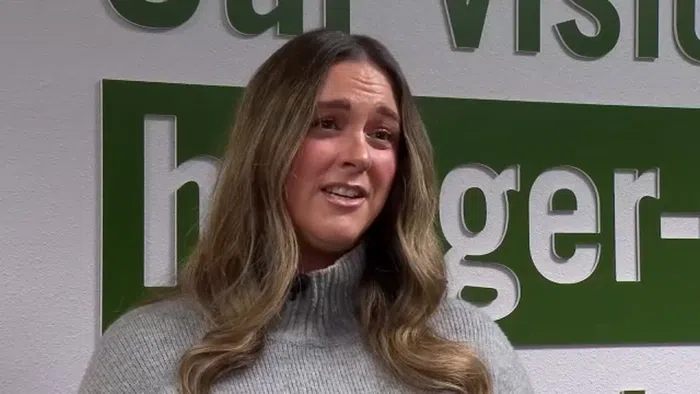FRESNO, Calif. (KFSN) — California is the latest state to sound the alarm as over five million SNAP recipients are at risk of not receiving benefits beginning as soon as November 1, as Capitol Hill remains at a standstill.
“About 720,000 individuals in the five-county service area that we serve that rely on SNAP to be able to go to the grocery store, purchase healthy food and feed their families during the month,” Central California Food Bank CEO Natalie Caples said. “There is a possibility that SNAP benefits for those 720,000 individuals could be delayed.”
According to the Department of Social Services, the CalFresh Program, federally known as the Supplemental Nutrition Assistance Program (SNAP), issues monthly electronic benefits that can be used to buy most foods at many markets and food stores.
New enrollees would feel the delays of those benefits immediately.
“That would mean those individuals no longer have access to their benefits to purchase food, and they’ll likely rely on our member partners or our programming to be able to feed their families,” Caples said.
“We’ll have some financial resources available through the state government, but what we really need is food here now to be able to respond to the need,” Caples said.
On Wednesday, Gov. Gavin Newsom announced he will deploy the California National Guard, acting not as law enforcement but instead carrying out a humanitarian mission.
Troops are being sent to bolster support for state food banks during the ongoing government shutdown.
At the Central California Food Bank, it hopes to be able to continue offering Groceries-2-Go, an appointment-based pickup program where those in need can receive a box of shelf-stable food, including essential items from eggs to protein to fresh produce.
“There are more hungry people, there’s no question about it,” Harris said. “With funding being cut and people in need, there’s just more food having to go out the door.”
The Central California Food Bank says it is not likely it will utilize the national guard to supplement its volunteer workforce unless there’s a heightened need it can’t meet in real-time.





